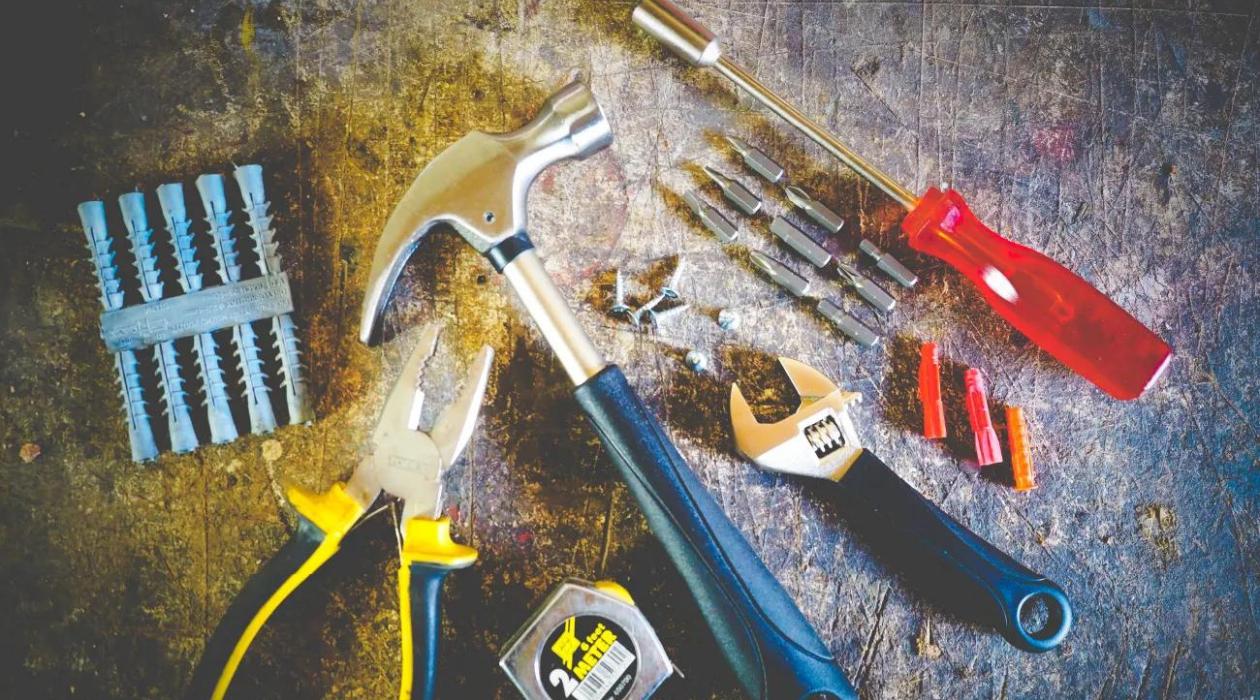

Articles
What Are The 10 Hand Tools
Modified: October 20, 2024
Discover the top 10 hand tools in this comprehensive collection of articles. Get expert advice on choosing the right tools for your next project.
(Many of the links in this article redirect to a specific reviewed product. Your purchase of these products through affiliate links helps to generate commission for Storables.com, at no extra cost. Learn more)
Introduction
Hand tools are essential for various tasks, from simple DIY projects to professional construction work. These versatile tools have been a part of human history for centuries, evolving to meet the ever-changing needs of craftsmen and DIY enthusiasts alike. Whether you’re hanging a picture frame, assembling furniture, or fixing a leaky pipe, having the right hand tools can make all the difference in the outcome of your project.
In this article, we will explore the top 10 hand tools that every homeowner and DIY enthusiast should have in their toolbox. From hammers to screwdrivers, pliers to tape measures, we will delve into the uses, features, and benefits of each tool, helping you understand why they are indispensable in any toolkit.
Whether you’re a seasoned professional or just starting your journey as a DIY enthusiast, having a basic understanding of hand tools is crucial. These tools are designed to provide precision, control, and durability, allowing you to tackle a wide range of tasks with ease. By familiarizing yourself with these essential tools and their uses, you’ll be better equipped to handle various projects around the house or take on more ambitious endeavors.
So, without further ado, let’s dive into the world of hand tools and discover the 10 must-have tools for every DIY enthusiast and homeowner.
Key Takeaways:
- Essential Hand Tools for Every DIY Enthusiast
From hammers to tape measures, these 10 hand tools are indispensable for various tasks, providing precision, control, and durability. Equip yourself with these essentials for confident DIY projects. - Safety and Versatility in Hand Tool Usage
Prioritize safety, invest in quality tools, and familiarize yourself with their uses. With regular maintenance and proper storage, these hand tools will enhance your DIY capabilities.
Hammer
A hammer is a classic and indispensable tool in any toolbox. It consists of a handle and a weighted head, typically made of metal, which is used to deliver impact force. Hammers come in various sizes and styles, each suitable for different tasks.
The most common type of hammer is the claw hammer, which features a curved, V-shaped claw on one side of the head. This claw is used for extracting nails or prying apart materials. The other side of the head is flat and is used for driving nails into surfaces.
When selecting a hammer, consider the weight and balance. A heavier hammer delivers more force but can be tiring to use for extended periods. Choose a hammer that feels comfortable in your hand and suits the tasks you’ll be tackling.
Uses:
- Driving nails: The primary use of a hammer is for driving nails into surfaces. Whether you’re hanging picture frames, attaching wood panels, or building a structure, a hammer provides the necessary force to secure nails in place.
- Removing nails: The claw on a claw hammer is designed to grip and extract nails from materials. This makes it easier to repair or replace damaged pieces without causing unnecessary damage.
- Demolition: In addition to its nail-related functions, a hammer can also be used for light demolition work. For example, if you need to break down small structures or remove parts of a wall, a hammer can help you accomplish these tasks.
Hammer safety:
- Wear protective gloves to prevent injuries and improve grip.
- Ensure that the handle is securely attached to the head to avoid accidents.
- Use appropriate force and control to prevent slipping and hitting unintended surfaces.
- Avoid striking hardened or tempered surfaces, as they can cause the hammer to chip or shatter.
Having a reliable hammer in your toolbox is essential for a wide range of tasks. Whether you’re a DIY enthusiast or a professional, this versatile tool will help you drive nails and complete projects with precision and ease.
Screwdriver
A screwdriver is another must-have hand tool that you’ll often find in any toolbox. As the name suggests, it is used for driving or removing screws, which are commonly used in a variety of DIY projects and repairs. Screwdrivers come in different types and sizes, each designed to fit specific screw heads.
The most common types of screwdriver heads include flathead (slotted) and Phillips. The flathead screwdriver has a single flat blade, while the Phillips screwdriver has a cross-shaped tip. It’s important to have both types in your toolkit to accommodate different screws.
Uses:
- Driving screws: This is the primary function of a screwdriver. By matching the screw head with the corresponding screwdriver tip, you can easily tighten or loosen screws in various materials. From assembling furniture to repairing electronics, a screwdriver is indispensable.
- Assembling/disassembling appliances: Many appliances and electronic devices, such as computers, laptops, and game consoles, are held together with screws. A screwdriver allows you to access their internal components for maintenance, repair, or upgrades.
- Hanging shelves and brackets: When installing shelves, brackets, or other wall-mounted structures, screws are often used to secure them in place. A screwdriver ensures that the screws are properly tightened, providing stability and durability.
Screwdriver safety:
- Ensure the tip of the screwdriver matches the screw head to prevent slippage and possible damage to the screw or surrounding materials.
- Apply appropriate force when driving or removing screws. Exerting too much force can strip the screw head, making it difficult to remove or drive further.
- Use the correct size and type of screwdriver to avoid damaging the screw or the screwdriver itself.
Having a set of screwdrivers with various tip sizes and types will cover most of your screwing needs. Make sure to invest in quality screwdrivers, as they will provide better grip and durability, ensuring that your projects are completed efficiently and effectively.
Pliers
Pliers are versatile hand tools that are essential for gripping, bending, twisting, and cutting various materials. They consist of two handles and a pair of jaws that provide the necessary grip and leverage to perform a wide range of tasks.
There are different types of pliers, each designed for specific functions:
- Needle-nose pliers: These pliers have long, thin jaws that come to a fine point. They are ideal for reaching into tight spaces, bending wires, and holding small objects with precision.
- Side-cutting pliers: Also known as diagonal pliers, these have angled jaws with sharp cutting edges. They are primarily used for cutting wires and cables.
- Slip joint pliers: These pliers have adjustable jaws that can be set to different widths. They are commonly used for gripping and holding objects of various sizes.
- Tongue and groove pliers: Also known as channel-lock pliers, they have adjustable jaws that can be locked in place. These pliers provide a firm grip on objects and are useful for plumbing and automotive tasks.
Uses:
- Gripping and holding: Pliers provide a secure grip, making them useful for holding, twisting, or bending materials. Whether you’re straightening wire, pulling nails, or bending metal, pliers offer the necessary strength and control.
- Wire cutting: Side-cutting pliers are designed with sharp edges for cutting wires or cables. They are commonly used in electrical work, but also handy for cutting other materials such as zip ties and small nails.
- Removing fasteners: Pliers can be used to remove stubborn or damaged screws, nuts, or bolts. By providing a firm grip, pliers can help you loosen or extract these fasteners with ease.
- Crimping and stripping: Some pliers, like wire-stripping pliers, are specifically designed for crimping or stripping wire insulation. This is useful for electrical work or when working on electronics.
Pliers safety:
- Use pliers with insulated handles when working with electrical wires to prevent potential electrical shock.
- Wear safety goggles when using pliers to protect your eyes from flying debris.
- Choose the right size and type of pliers for the task at hand to ensure maximum effectiveness and minimize the risk of damage.
- Avoid using pliers as hammers or for excessive force, as this can damage the tool or result in injury.
Having a set of pliers in your toolbox will provide you with a versatile tool for various tasks. From gripping and bending to cutting and stripping, pliers are essential for any DIY project or repair job.
Wrench
A wrench is a handy tool used for gripping and turning nuts, bolts, and other fasteners. It provides leverage and torque, allowing you to tighten or loosen these fasteners with ease. There are various types of wrenches available, each designed for specific applications.
The adjustable wrench, also known as a crescent wrench, is one of the most common types. It features an adjustable jaw that can be set to fit different sizes of nuts and bolts. This versatility makes it a must-have in any toolbox.
Uses:
- Tightening or loosening fasteners: The primary function of a wrench is to tighten or loosen nuts, bolts, and other fasteners. Whether you’re assembling furniture, working on a car, or fixing a plumbing issue, a wrench allows you to adjust and secure the fasteners to the desired level.
- Pipe fitting: Pipe wrenches are specifically designed for working with pipes. They have serrated jaws that provide a strong grip on cylindrical objects. These wrenches are commonly used by plumbers for installing, repairing, or removing pipes.
- Plumbing repairs: In addition to pipe wrenches, other specialized wrenches like basin wrenches and adjustable spanner wrenches are used for specific plumbing repair tasks. Basin wrenches are designed to reach and tighten nuts in tight spaces, such as behind sinks, while adjustable spanner wrenches are used for working with hexagonal nuts.
- Bicycle maintenance: Wrenches are also essential for bicycle maintenance and repairs. From adjusting the seat height to fixing pedals or handlebars, having the right wrench size ensures that you can work on your bike effectively.
Wrench safety:
- Choose the right size of wrench that fits the fastener snugly to avoid slipping or damaging the fastener.
- Ensure that the wrench is properly aligned with the fastener before applying force to prevent stripping or rounding off the edges.
- Use the wrench with the correct hand position to maximize leverage and avoid strain or injuries.
- Inspect the wrench for any damage or defects before use and replace it if necessary.
A wrench is a versatile tool that is essential for any DIYer or professional. With a variety of wrench types available, you can tackle various tasks with confidence, knowing that you have the right tool for the job.
Read more: What To Look For In Hand Tools
Hand Saw
A hand saw is a cutting tool used for making controlled and precise cuts in a variety of materials. It consists of a blade with sharp teeth and a handle for grip and control. Hand saws come in different types and sizes, each designed for specific cutting applications.
The most common types of hand saws include:
- Crosscut saw: This saw has small, closely spaced teeth that cut across the grain of the wood. It is used for making smooth cuts in wood and is commonly used for general woodworking tasks.
- Rip saw: The rip saw has larger, spaced-out teeth that cut with the grain of the wood. It is used for making long, straight cuts, such as when cutting wood along the length.
- Backsaw: The backsaw has a rigid back that provides stability and precision. It is often used for making accurate cuts in woodworking and is commonly seen in miter boxes or used with a miter gauge.
- Keyhole saw: This saw has a long, narrow blade with a pointed end. It is designed for making small, intricate cuts, such as when cutting keyholes or making curved cuts in wood or drywall.
Uses:
- Woodworking: A hand saw is essential for woodworking projects, allowing you to cut, shape, and join wooden pieces. From cutting boards to building furniture, a hand saw provides the precision and control needed for clean and accurate cuts.
- Trimming and pruning: Hand saws are also used for trimming branches or pruning small trees. With the appropriate type of hand saw, you can easily trim overgrown branches or shape bushes and hedges in your garden.
- Construction and remodeling: Hand saws are useful for construction and remodeling projects when you need to cut through materials like drywall, plywood, or plastic. They offer a portable and efficient way to make the necessary cuts on-site.
Hand saw safety:
- Wear protective gloves and safety goggles when using a hand saw to protect your hands and eyes from flying wood chips or debris.
- Secure the material you are cutting to prevent it from moving or slipping during the sawing process.
- Use smooth, controlled movements when sawing, applying even pressure to achieve a clean and accurate cut.
- Choose a hand saw with the appropriate tooth count and size for the material you are cutting to ensure efficient and effective cutting.
A hand saw is a versatile tool that is essential for any woodworking project or general cutting needs. With the right hand saw, you can make clean, precise cuts in a variety of materials, allowing you to bring your DIY projects to life.
When using hand tools, always make sure to wear appropriate safety gear, such as gloves and goggles, to protect yourself from potential injuries.
Tape Measure
A tape measure is a flexible and retractable tool used to measure lengths and distances. It consists of a long, thin strip of metal or fiberglass, marked with measurements, and housed in a compact case. Tape measures are available in different lengths and units of measurement, providing versatility and accuracy for various projects.
Uses:
- Measuring lengths: The primary function of a tape measure is to measure distances accurately. Whether you’re measuring the dimensions of a room, determining the length of a board, or calculating the spacing between objects, a tape measure provides precise measurements in both metric and imperial units.
- Layout and planning: A tape measure is essential for planning and marking out project dimensions. From marking cut lines on materials to ensuring accurate spacing between objects, a tape measure helps you visualize and execute your plans effectively.
- Furniture and space planning: When moving furniture or planning a new layout for a space, a tape measure helps you measure doorways, clearance spaces, and furniture dimensions. This ensures that everything fits properly and allows for efficient use of space.
Tape measure features:
- Locking mechanism: Most tape measures have a locking mechanism that holds the tape in place once extended. This allows for easy and accurate reading of measurements without the tape retracting.
- Belt clip: Some tape measures come with a built-in belt clip or a lanyard hole for easy access and portability.
- Standout: The standout refers to the maximum length the tape can extend without collapsing or bending under its own weight. Look for a tape measure with a longer standout for ease of use when working alone or measuring longer distances.
- Durability: Opt for a tape measure with a sturdy case and a durable, legible tape that can withstand frequent use and various conditions.
Tape measure safety:
- Ensure that the tape measure is securely locked in place before taking measurements to prevent injury from the tape snapping back.
- Be cautious of sharp edges or objects when extending or retracting the tape measure to avoid cuts or injuries.
- Store the tape measure properly to prevent the tape from kinking or becoming damaged, which can affect accuracy.
A tape measure is an essential tool for any DIYer, contractor, or homeowner. Its versatility and precision make it indispensable for measuring, planning, and executing projects accurately and efficiently.
Utility Knife
A utility knife, also known as a box cutter or a razor knife, is a versatile hand tool that features a retractable blade for cutting various materials. Designed for precision and control, a utility knife is a must-have tool in any toolbox or household.
Uses:
- Cutting materials: The primary function of a utility knife is to make precise cuts in a wide range of materials. Whether you’re cutting cardboard, carpet, drywall, plastic, or even opening packages, a utility knife offers a sharp and efficient cutting edge.
- Stripping wire: Utility knives with specific blade designs can be used to strip the insulation from electrical wires. This is helpful when working on electrical projects or repairs.
- Scoring and marking: Utility knives can be used to score or mark materials for precise folding or cutting later. For example, when cutting drywall, scoring the surface with a utility knife creates a clean and accurate guide for subsequent cuts.
- Crafting and hobbies: Utility knives are handy for various craft and hobby projects. From paper crafting to model building, a utility knife allows for precise and intricate cuts in different materials.
Utility knife features:
- Retractable blade: A utility knife typically features a retractable blade, allowing for safe storage and easy access when needed. The retractable feature also helps to prevent accidental injuries.
- Blade locking mechanism: Many utility knives have a locking mechanism that keeps the blade securely in place during use to prevent it from retracting unintentionally.
- Blade disposal: Some utility knives have built-in mechanisms for safely disposing of used blades, reducing the risk of injuries when discarding them.
- Blade versatility: Utility knives often have interchangeable blades, allowing you to switch between different blade types for various cutting tasks.
Utility knife safety:
- Always retract the blade fully and engage the safety lock when not in use to prevent accidental cuts.
- Use caution and apply gentle pressure when cutting to avoid slipping and potential injuries.
- Ensure that the blade is sharp and in good condition for optimum cutting performance. Replace dull or damaged blades promptly.
- Keep utility knives away from the reach of children and store them safely when not in use.
A utility knife is a versatile and essential tool for various cutting tasks. Its sharp and precise blade allows for clean and accurate cuts in a wide range of materials, making it a valuable addition to any toolbox or DIY arsenal.
Chisel
A chisel is a hand tool that features a sharp cutting edge and a handle. It is primarily used for cutting, shaping, and carving wood, but can also be used on other materials such as metal or stone. Chisels come in various sizes and styles, each designed for specific woodworking tasks.
Uses:
- Woodworking: Chisels are essential for woodworking projects that involve carving, shaping, or cutting wood. They are commonly used for removing excess wood, creating intricate designs, and fitting joints.
- Removing or splitting material: Chisels are effective for removing or splitting materials such as removing adhesive residue, scraping paint or varnish, or splitting wood along the grain.
- Creating mortises and joints: Chisels are indispensable for creating mortises (a slot or hole for a tenon to fit into) and fitting joints. They allow for precise and controlled removal of wood to achieve snug and secure joints in woodworking projects.
Chisel types:
- Bench chisel: This is a versatile chisel with a flat, beveled edge. It is commonly used for general woodworking tasks, such as shaping and cleaning surfaces.
- Mortise chisel: This chisel has a thick, sturdy blade with straight edges. It is specifically designed for making mortises and can withstand the force needed for heavy chopping.
- Gouge chisel: This type of chisel has a curved cutting edge, resembling a scoop or a U-shape. It is primarily used for carving, sculpting, or creating decorative details.
- Skew chisel: The skew chisel has a diagonal cutting edge and is commonly used for creating smooth and clean cuts in wood, particularly in making precise mitre joints or chamfers.
Chisel safety:
- Always use chisels with sharp blades to prevent slipping and reduce the risk of accidents. Dull blades require more force and can lead to loss of control.
- Maintain a proper grip on the chisel handle and keep your hands and fingers away from the cutting edge to avoid accidental injuries.
- Use a mallet or a wooden hammer to strike the chisel when needed, as it provides more control and reduces the risk of injury compared to using excessive force with your hand.
- Ensure that the workpiece is securely positioned and properly supported to prevent movement or slipping during chiseling.
A chisel is an essential tool for any woodworking enthusiast or professional. With its ability to shape and carve wood with precision, it allows for the creation of intricate details and precise joints, making it an invaluable tool in the world of woodworking.
Read more: What Are The Hazards Of Hand Tools
Level
A level is a tool used to determine if a surface or object is level or plumb. It consists of a long, straight body with a bubble-filled vial and is commonly made of metal or plastic. Levels are essential for various construction, woodworking, and home improvement projects.
Uses:
- Checking horizontal level: The primary function of a level is to determine if a surface is perfectly horizontal or level. This is important for tasks such as installing shelves, hanging pictures, or building structures to ensure that they are straight and aligned.
- Checking vertical plumb: Another important use of a level is to determine if a vertical surface is perfectly plumb or upright. This is crucial for tasks such as aligning cabinets, installing doors, or constructing walls to ensure verticality.
- Pitch and slope measurement: Certain levels, such as slope levels or laser levels, can also be used to measure the pitch or slope of a surface. This is helpful for projects such as landscaping, grading, or determining roof pitch.
Types of levels:
- Traditional spirit or bubble level: This type of level features a vial filled with liquid and an air bubble. When the bubble is centered between the marked lines inside the vial, the surface is level or plumb.
- Torpedo level: A torpedo level is a smaller version of the traditional spirit level with a more compact size and a magnetic base. It is ideal for smaller projects and tight spaces.
- Laser level: Laser levels project a beam of laser light to create a perfectly straight and level reference line. They are commonly used in more advanced construction and surveying projects.
Level safety:
- Store levels in a secure and dry place to prevent damage to the vial or inaccuracies in readings.
- Avoid dropping or subjecting levels to impact as this can affect their precision and accuracy.
- Check the level’s calibration periodically, especially if it has been exposed to extreme temperatures or rough handling.
Having a level in your toolbox ensures that your projects are executed with precision and accuracy. By using a level to check and align surfaces, you can achieve professional-looking results and ensure that everything is perfectly straight and level.
Clamps
Clamps are essential tools used to hold objects tightly together, providing stability and support during various woodworking, construction, and DIY projects. They consist of two jaws that can be tightened or released, allowing you to secure materials in place. Clamps come in different sizes, designs, and styles, each suitable for specific applications.
Uses:
- Securing workpieces: The primary function of clamps is to hold workpieces securely in place during various tasks, such as gluing, drilling, sawing, or sanding. This ensures accuracy, prevents movement, and allows for hands-free operation.
- Alignment and assembly: Clamps are useful for aligning and assembling materials or components. They can hold pieces together tightly, providing stability and ensuring precise alignment when joining, fastening, or installing parts.
- Pressure distribution: Clamps distribute pressure evenly across a workpiece, helping to prevent warping or distortion during gluing or drying processes. This is crucial for achieving strong and durable bonds in woodworking and carpentry projects.
Types of clamps:
- C-clamp: The C-clamp, shaped like the letter “C,” is a versatile and popular type of clamp. It has a screw mechanism that allows for adjustable clamping force and can be used for a wide range of applications.
- Bar clamp: Bar clamps consist of a long bar with clamping jaws at each end. They offer greater reach and are ideal for large-scale projects, such as cabinetry, furniture making, or panel assembly.
- Spring clamp: Spring clamps are lightweight and feature a spring-loaded mechanism that allows for quick and easy clamping. They are commonly used for holding small parts, securing lightweight materials, or temporarily holding workpieces in place.
- Pipe clamp: Pipe clamps utilize threaded pipes to create adjustable clamping forces. These clamps are ideal for woodworking glue-ups and are best suited for larger projects where high clamping pressure is required.
Clamp safety:
- Ensure that the clamps are securely tightened and provide adequate pressure without over-tightening, which may damage the workpiece. Use caution when applying force to prevent injury.
- Inspect clamps before each use, checking for any damage or defects that might affect their performance or safety. Replace or repair damaged clamps as necessary.
- Use clamps designed for specific applications to ensure proper fit and function. Improper use of clamps can result in unpredictable movement or failure.
- When clamping delicate or finished surfaces, use protective pads or wooden blocks to prevent marring or damage to the workpiece.
Having a variety of clamps in your toolbox allows for secure and stable workpiece positioning during woodworking, construction, and DIY projects. They provide the necessary support and flexibility required for precision and professional results.
Conclusion
In conclusion, hand tools are essential for a wide range of tasks, from simple home repairs to complex construction projects. Each tool serves a specific purpose and provides unique benefits that make them indispensable in any toolbox. By having the right hand tools on hand, you can tackle various projects with confidence and precision.
From the versatile hammer, which enables us to drive nails and demolish structures, to the ever-useful screwdriver, which allows us to assemble furniture and tighten screws, these tools are the backbone of any DIY arsenal. The pliers provide the necessary grip and leverage for gripping, bending, and removing nails or fasteners, while the wrench ensures that nuts and bolts are securely tightened or loosened.
The hand saw is essential for clean and accurate cuts in wood, while the tape measure ensures precise measurements for proper fitting and installation. The utility knife offers versatility in cutting a wide range of materials, and the chisel enables us to shape and carve wood with precision. Lastly, the level provides the necessary guidance to ensure that surfaces and objects are perfectly level or plumb.
Whether you’re a DIY enthusiast, homeowner, or professional, having a well-rounded collection of hand tools is crucial. These tools not only enhance your ability to complete projects efficiently but also empower you to take on new and exciting challenges.
Remember to prioritize safety when using hand tools, always following the manufacturer’s guidelines and taking necessary precautions. Regular maintenance and proper storage will extend the life of your tools and ensure their optimal performance.
In summary, investing in quality hand tools and familiarizing yourself with their uses and features will undoubtedly enhance your DIY capabilities. So, equip yourself with these essential hand tools and embark on your next project with confidence!
Frequently Asked Questions about What Are The 10 Hand Tools
Was this page helpful?
At Storables.com, we guarantee accurate and reliable information. Our content, validated by Expert Board Contributors, is crafted following stringent Editorial Policies. We're committed to providing you with well-researched, expert-backed insights for all your informational needs.
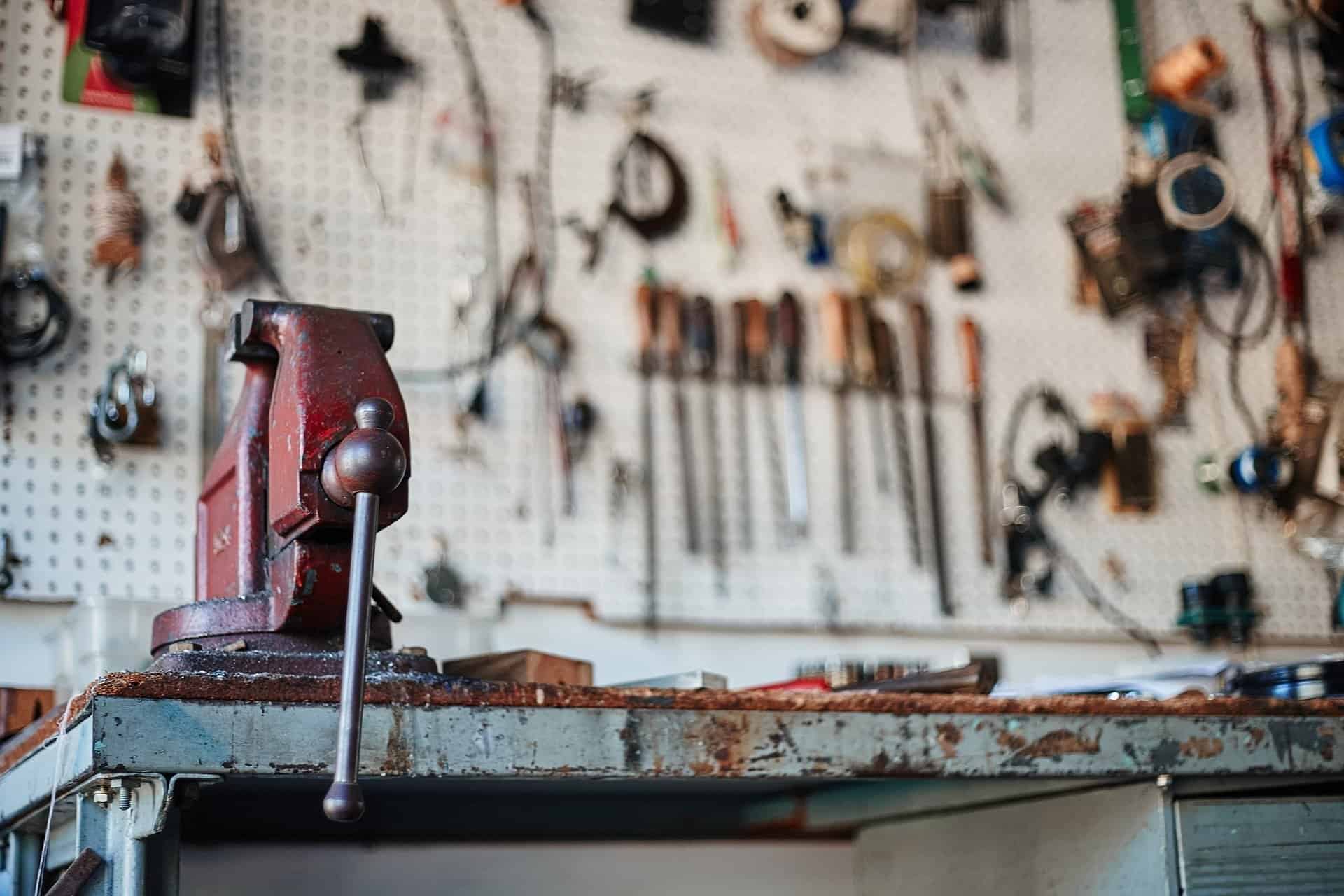
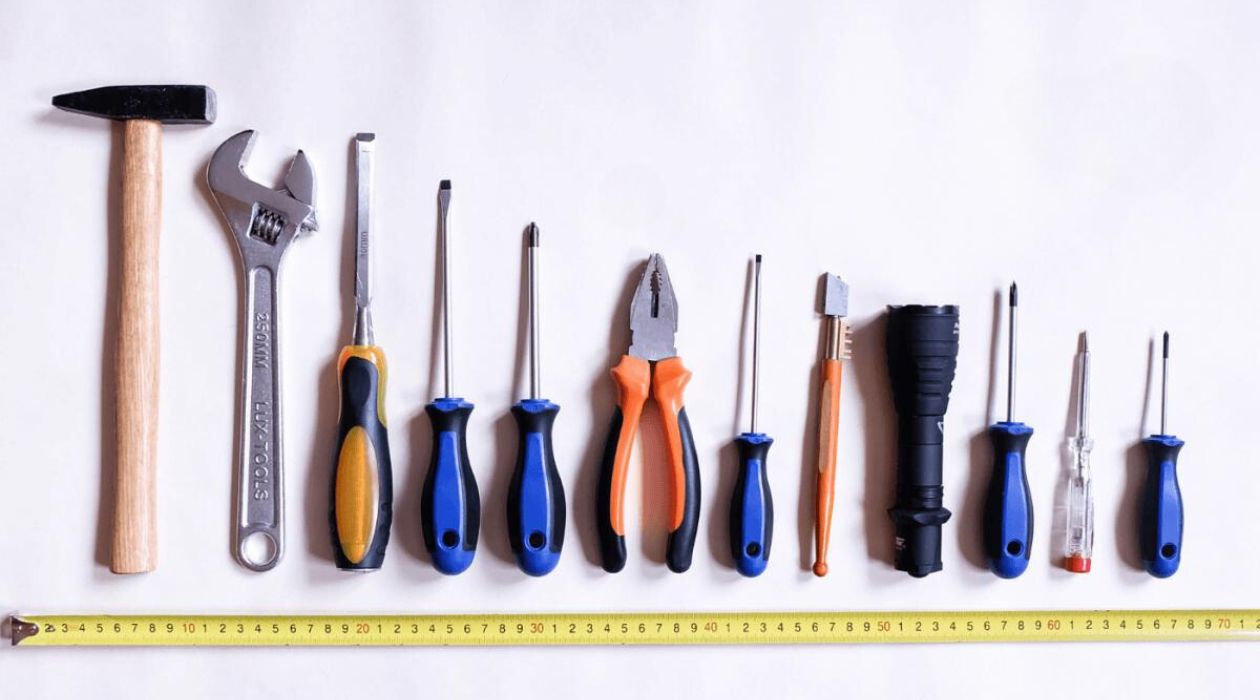


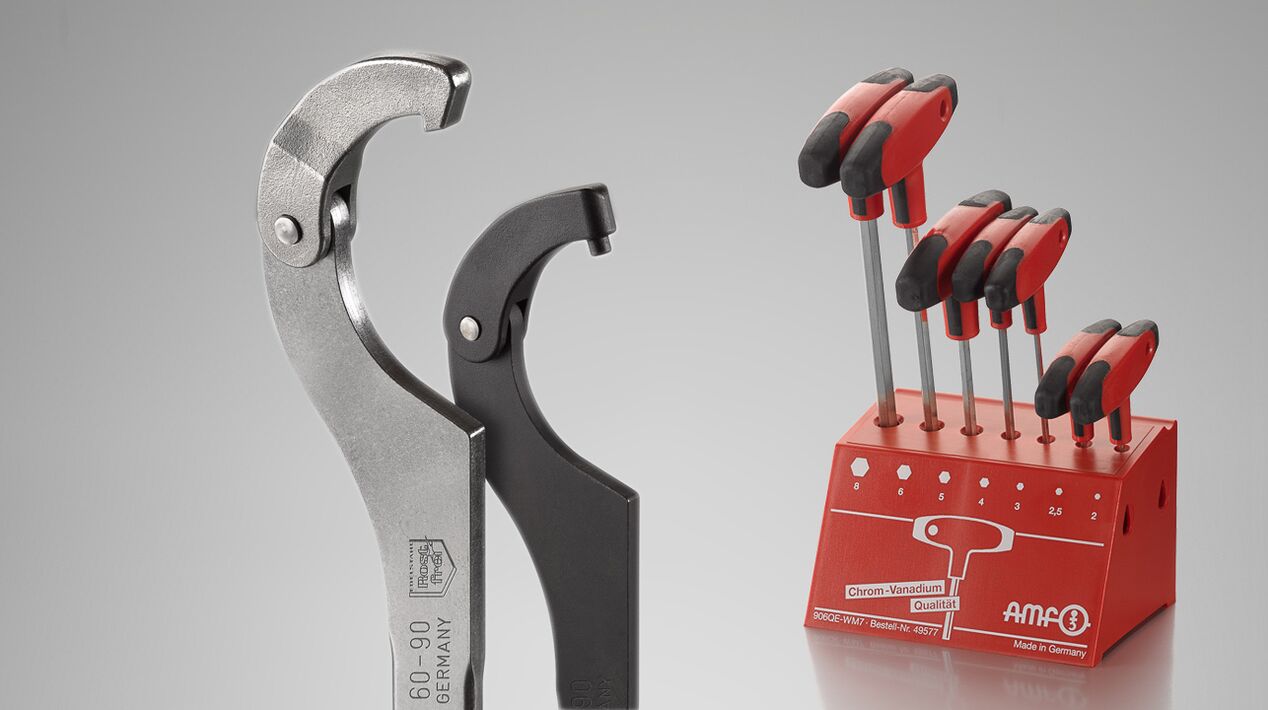
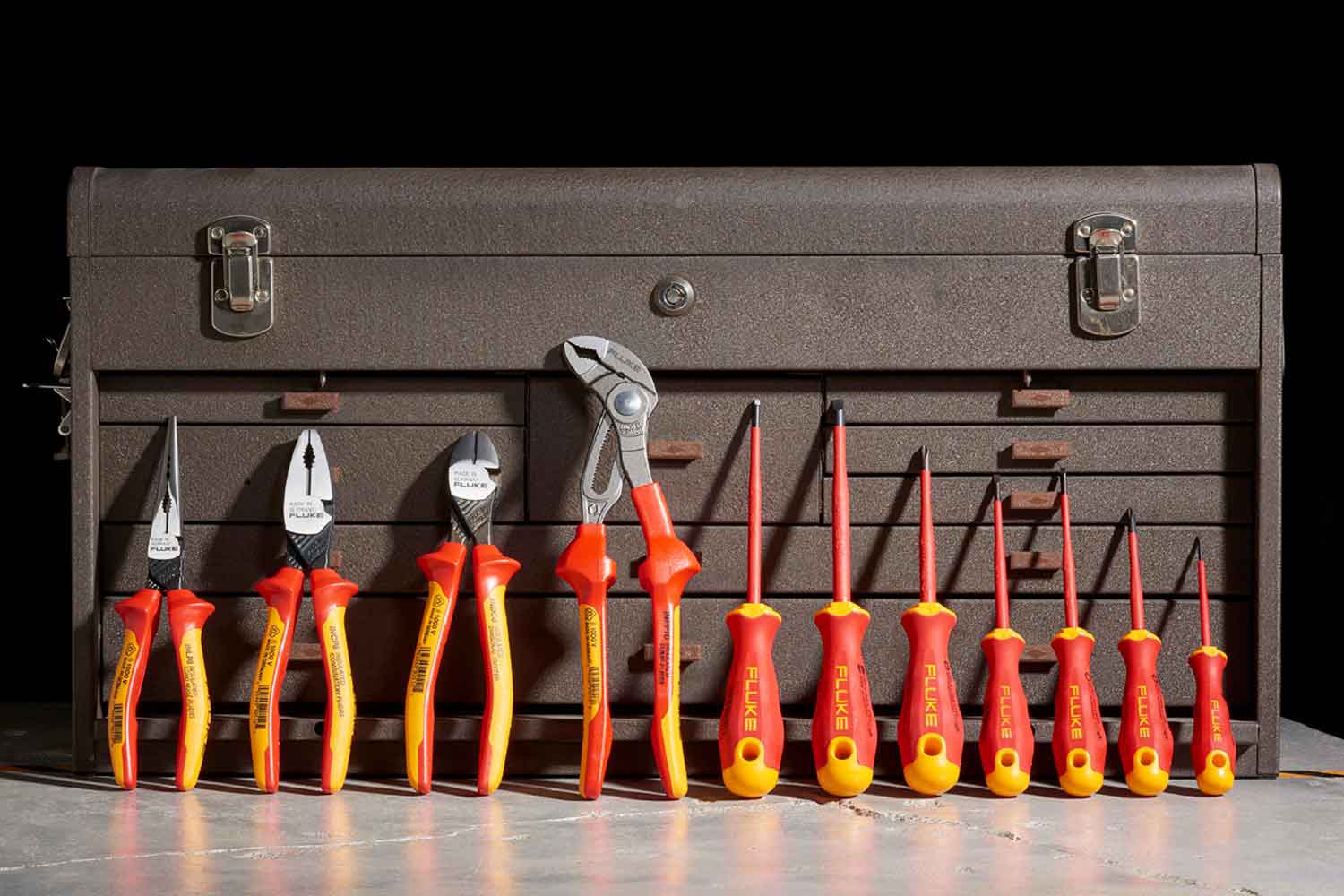
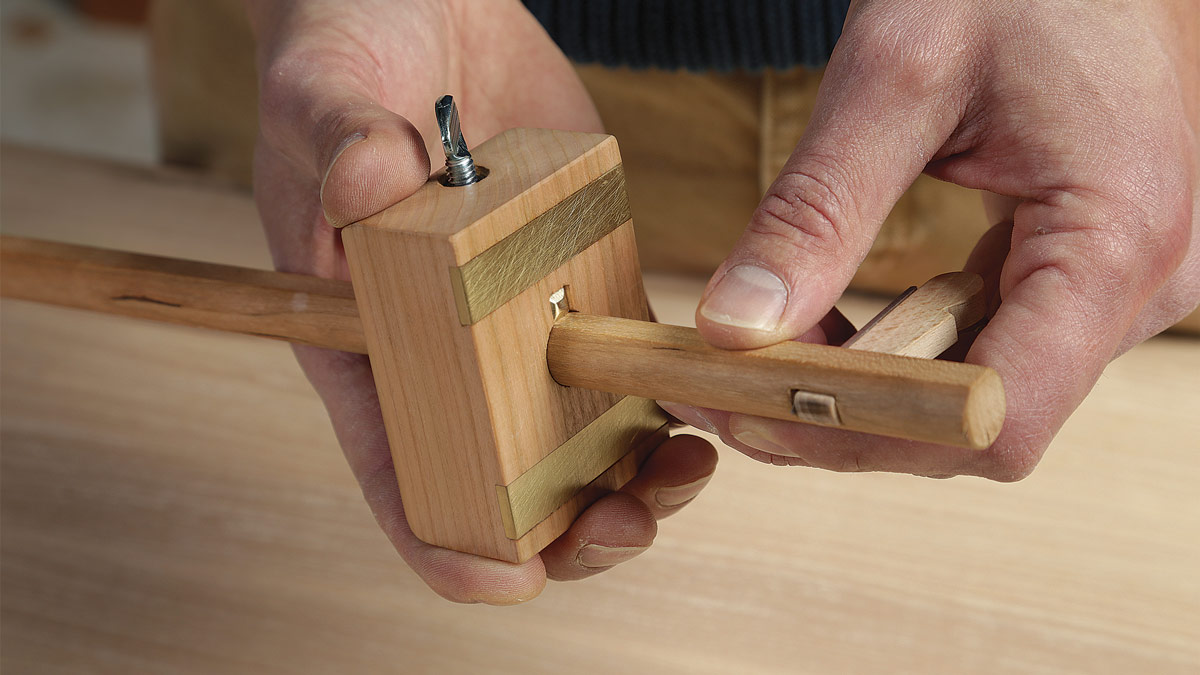

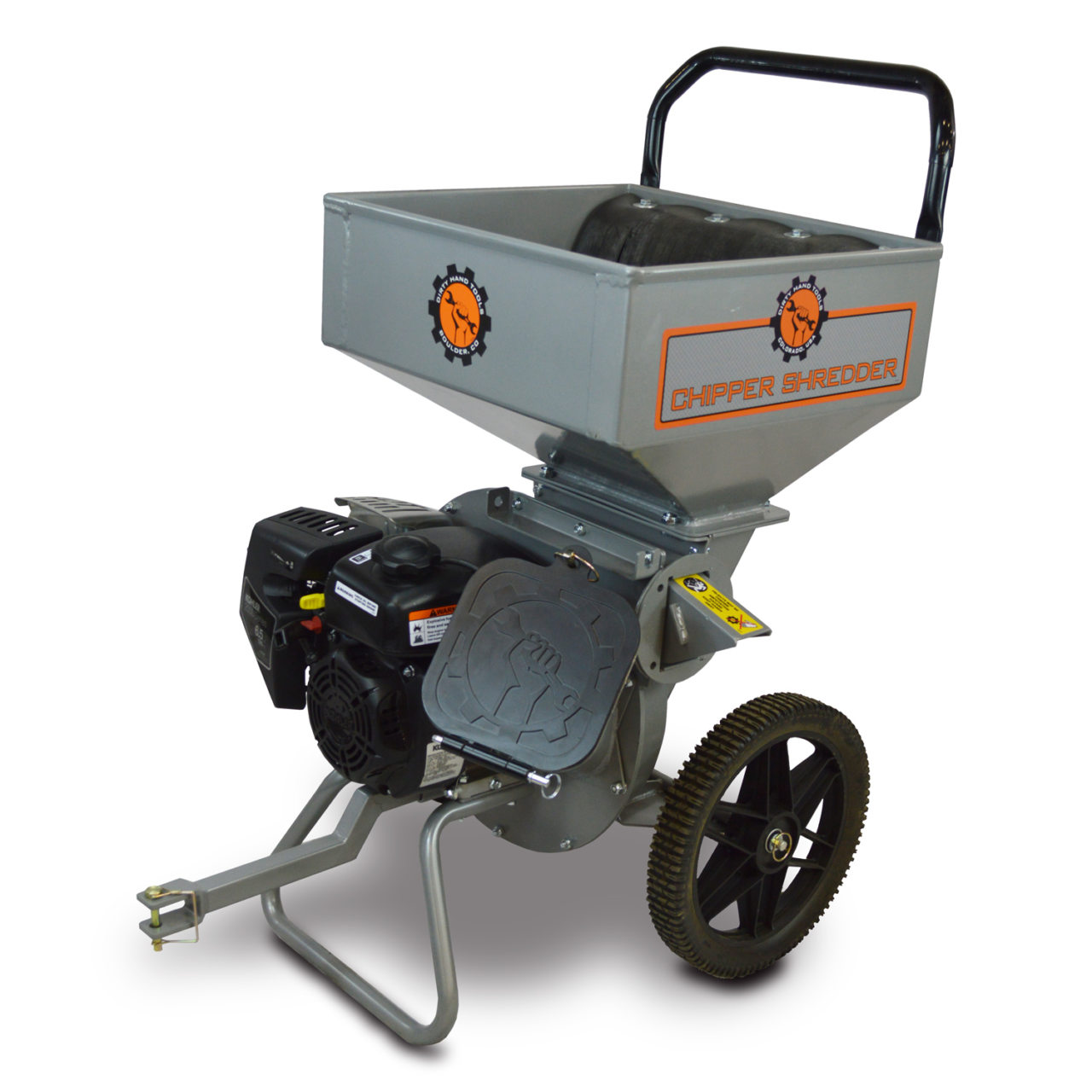
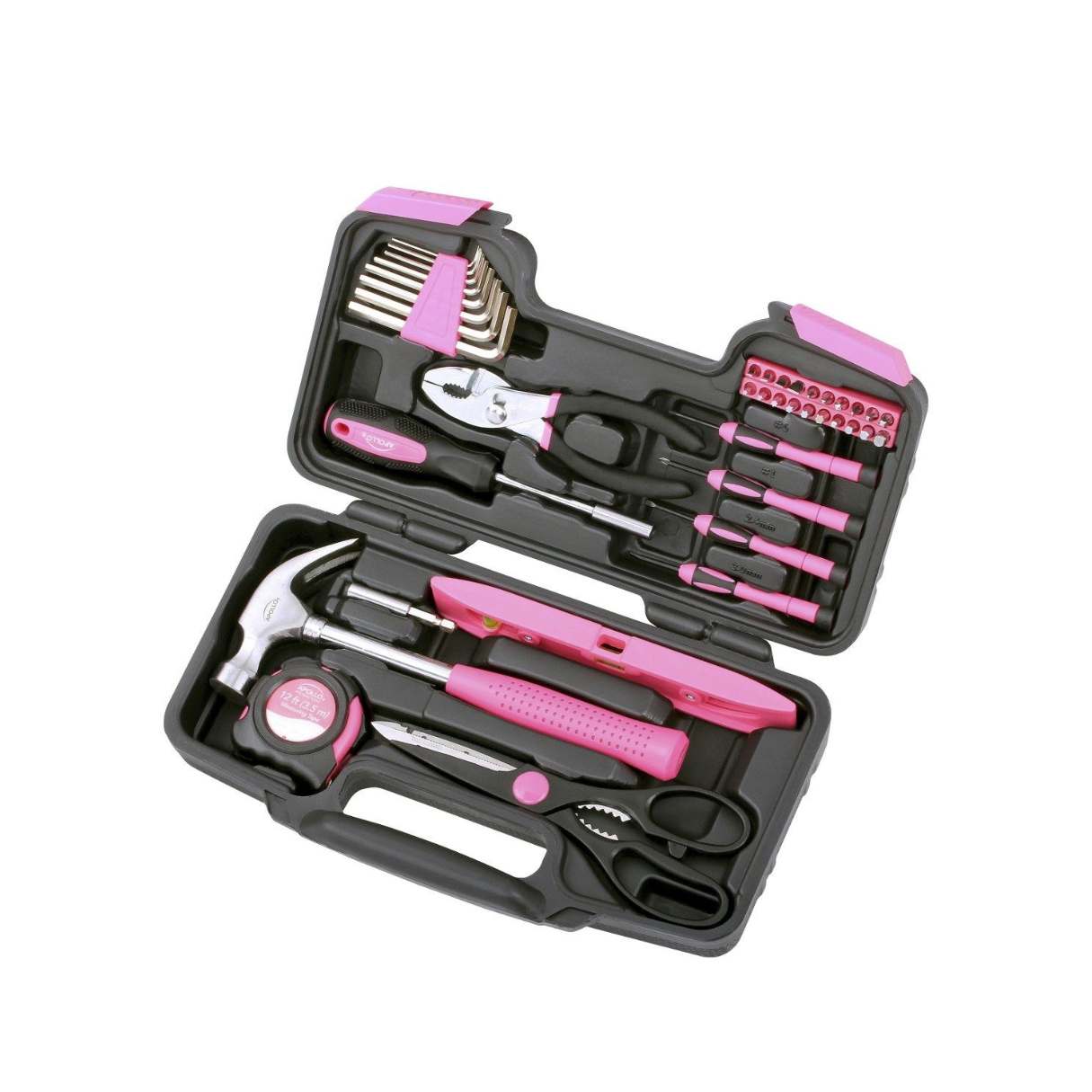
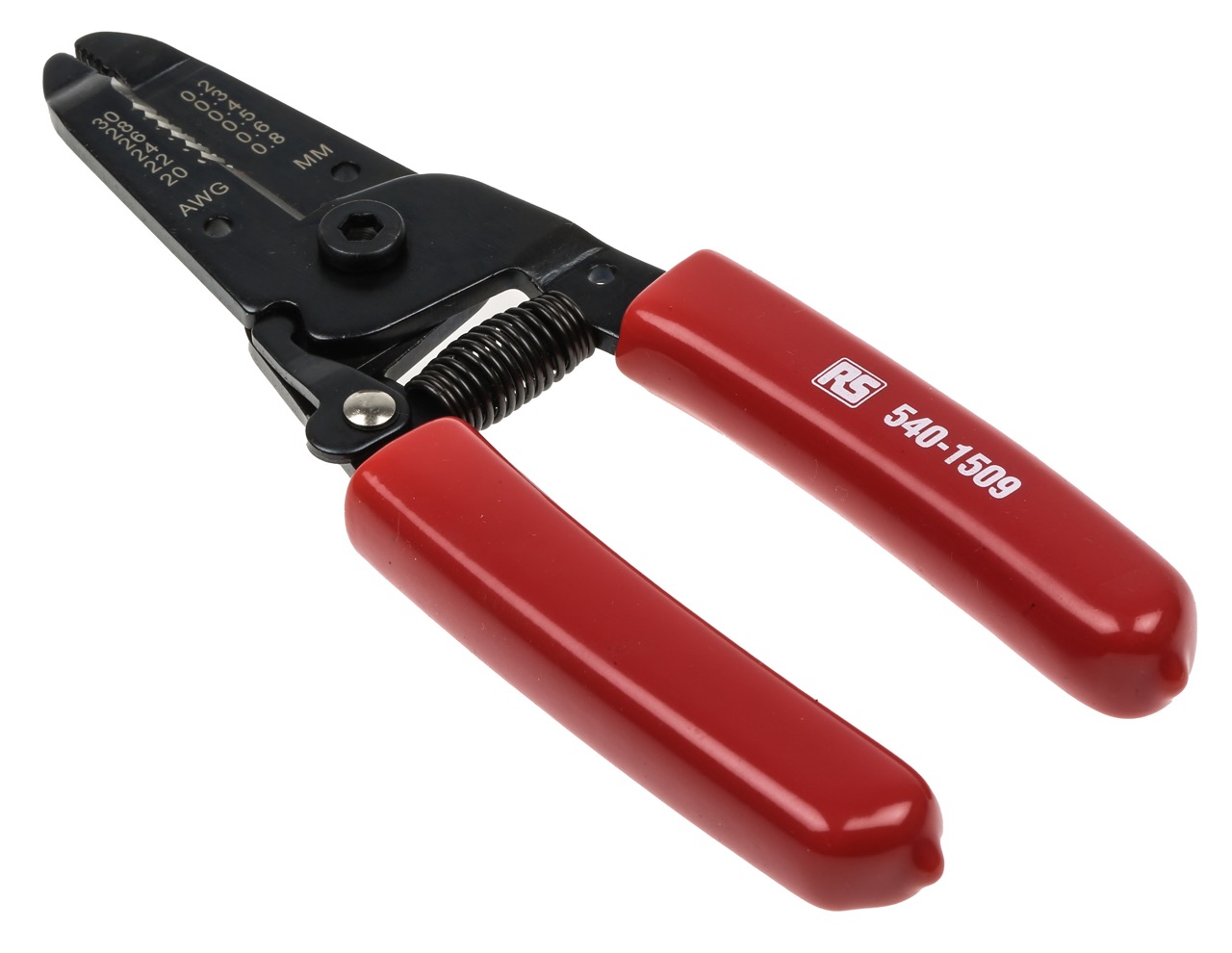
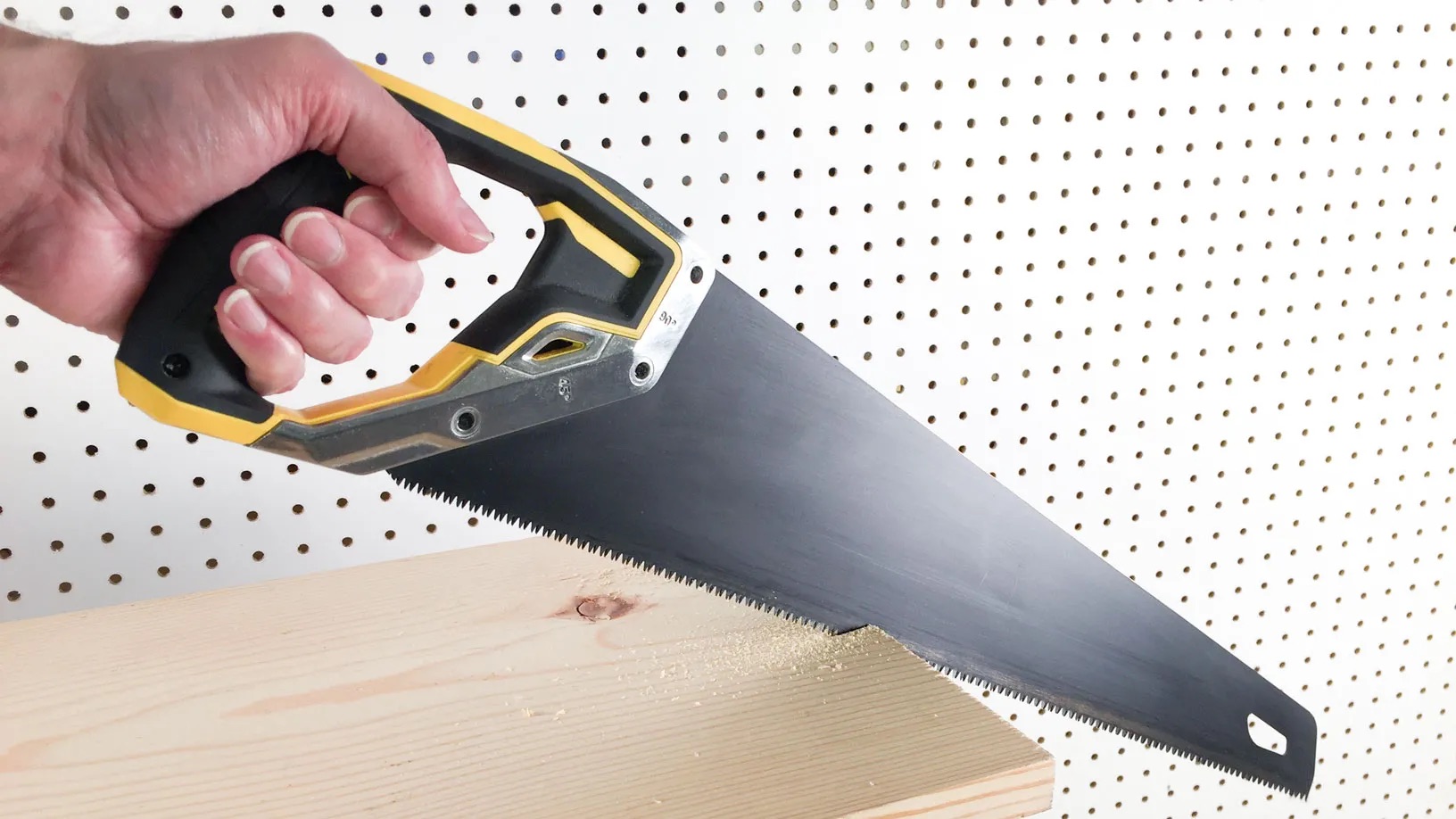
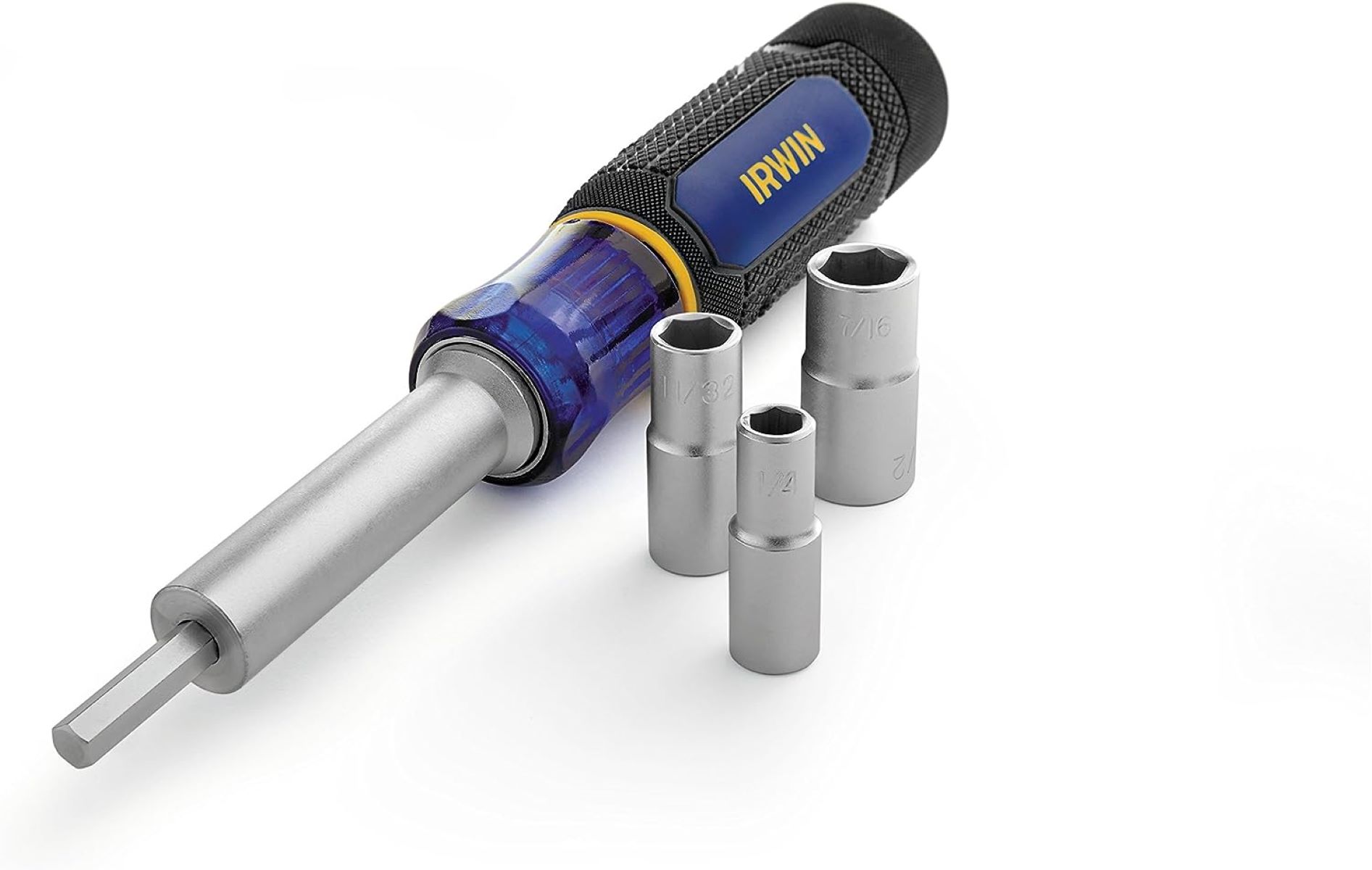

0 thoughts on “What Are The 10 Hand Tools”